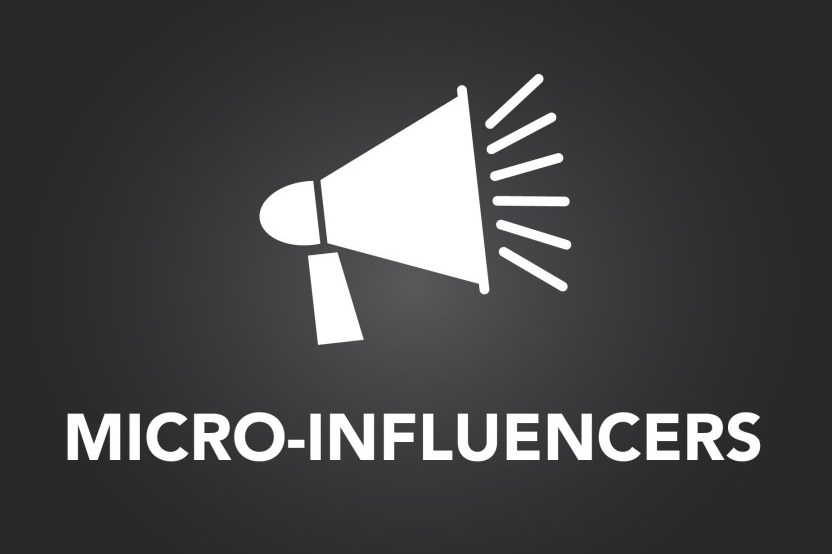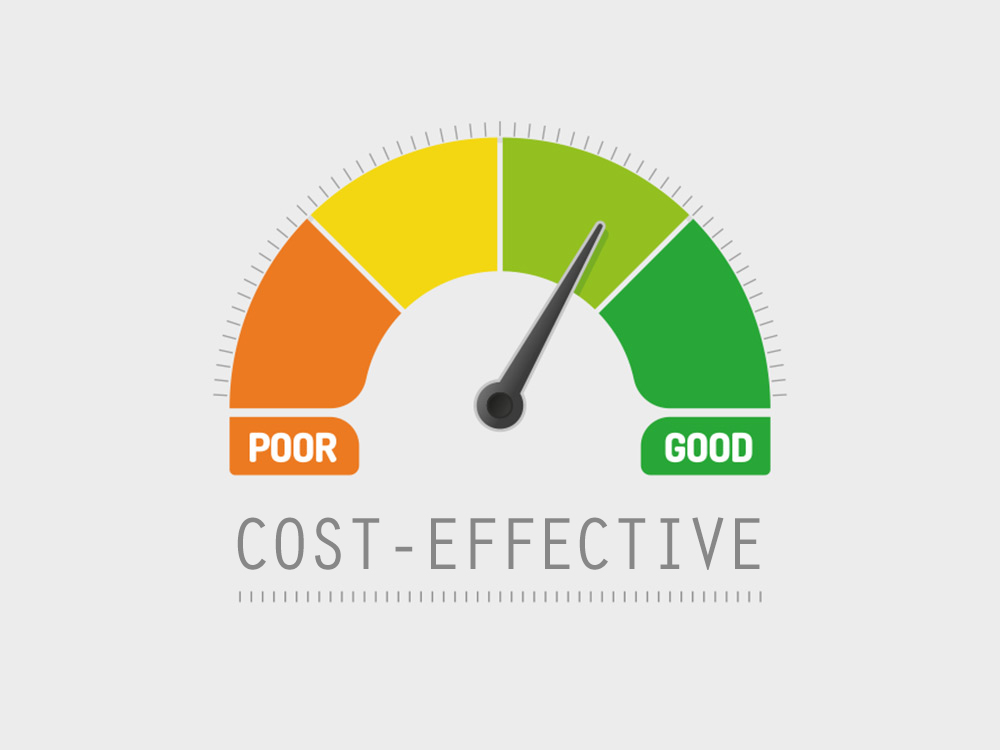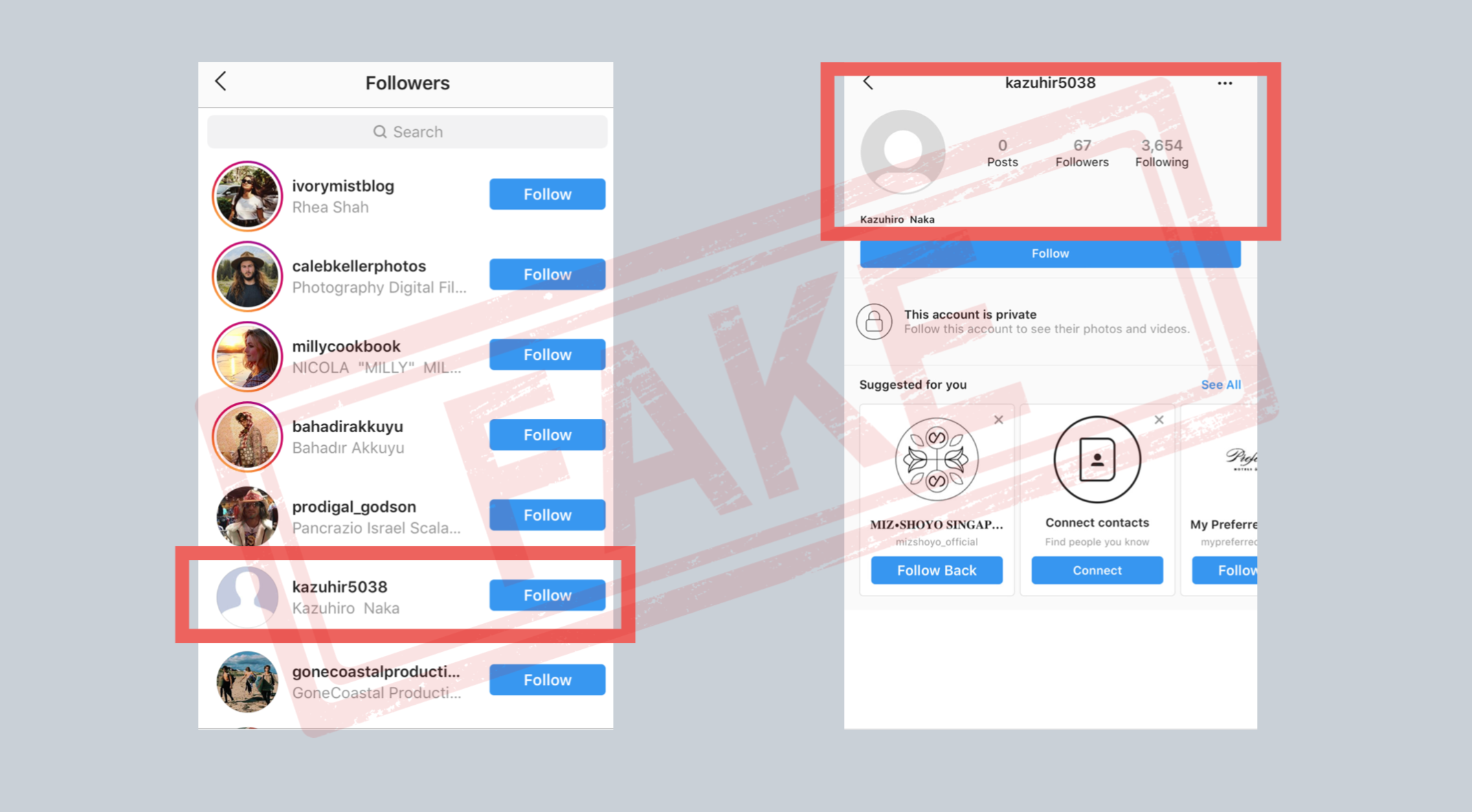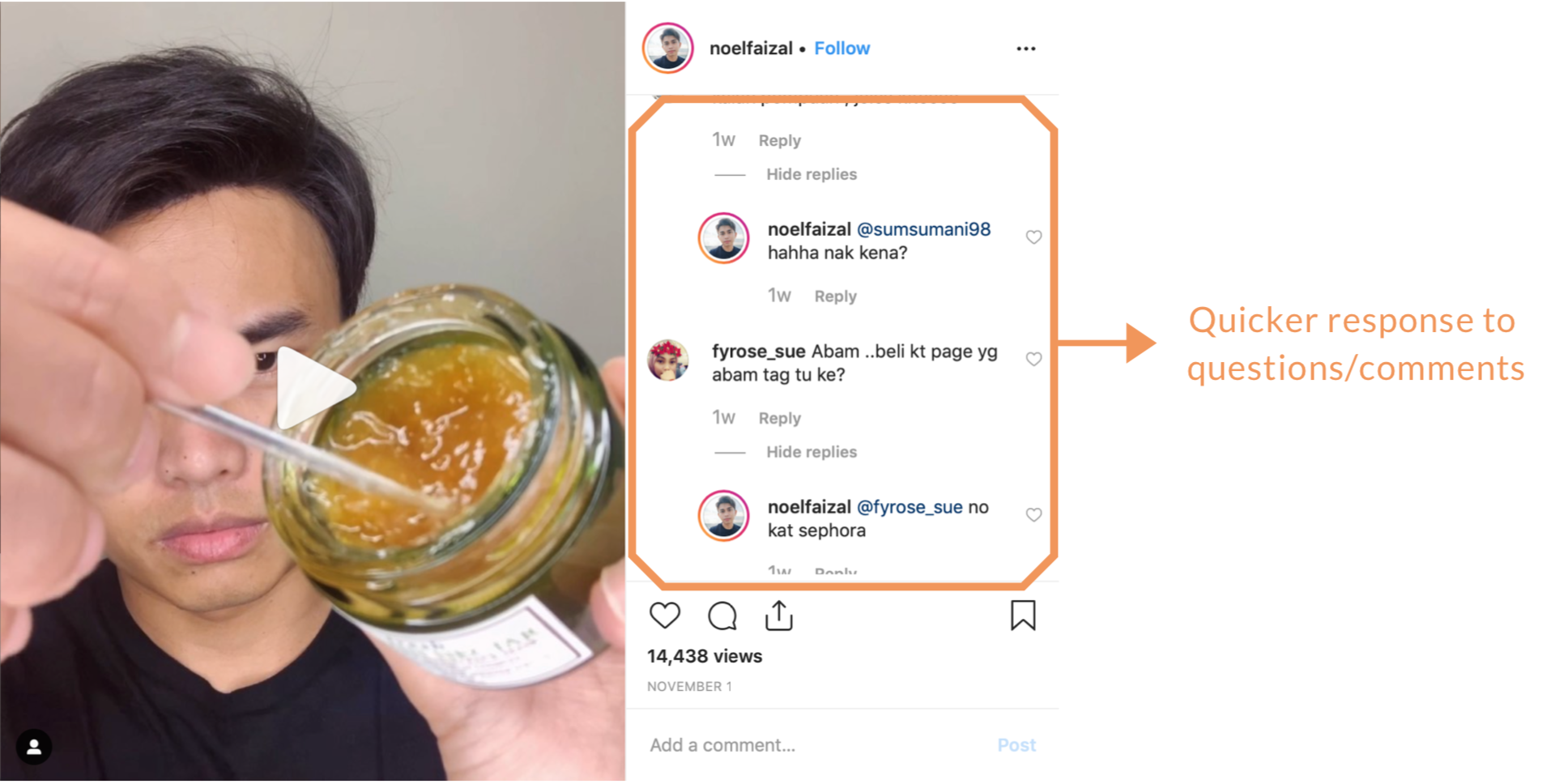
There are a lot of similarities to celebrity endorsements and word-of-mouth marketing. Just like with those strategies, influencer marketing aims to make a brand more relatable and trustworthy in the market, especially with younger demographics. In fact, studies show that 70% of millennial consumers are influenced by the recommendations of their peers in buying decisions.
Now that influencer marketing has become mainstream, marketers are looking to tap into the next set of high-value influencers to improve performance. Amidst this scramble for fresh blood, new influencer tiers (such as “micro-influencers”) are suddenly thrust into the spotlight.
NOW, What Is a Micro-Influencer?

Definitions of micro and macro vary widely across the industry. But for us, these are typical consumers or people who are active on social media but don’t have a large number of followers. Put simply, micro influencers are those with smaller audiences. We’re talking audience sizes of 10,000 rather than 100,000. They post about products they love because they love them, not because they’re paid to do so. Furthermore, micro-influencers could be anyone, from previous customers, to advocates with humble social media followings and we define them as social media users with less than 50k followers.
In fact, we believe that micro influencers are opening up influencer marketing to a whole new level. Brands clearly appreciate the stellar engagement rates (and presumably affordable price tags) that micro influencers frequently provide. Let us explain the benefits of this new trend toward going small with your influencer campaigns.
1) They are cost-effective

Whether the brand is small or large, cost-effective advertising is beneficial. The main benefit of using micro-influencers to promote your brand is their relatively affordable cost in comparison to macro-influencers or celebrity-influencers. Micro Influencers tend to charge lower rates, and some work on a collaboration basis, which makes partnerships more flexible. It allows smaller brands to branch out into influencer marketing whilst staying in budget, but also allows larger brands to work with a higher volume of influencers, for the same price as working with one celebrity-Influencer.
2) Micro-influencers are perceived as “people like me”.

These are people who are much more relatable and at peer levels with consumers. They are typical consumers like the people you’re trying to target, so they are much more relatable and, therefore, can build a more solid rapport with potential customers.
3) Their authenticity

There’s likely to be very little problem with fake followers for micro influencers. You can know that the followers you’re targeting are real people. As their following is also slightly lower, the activity and content they publish seem a lot more achievable and relatable to their audience, authenticating their recommendations further. Audiences are also aware that micro influencers are probably paid slightly less, or sometimes not at all when it comes to product promotion on their channels and pages, so the products they promote are probably ones they genuinely love.
4) Their engagement is real

According to our findings, the average engagement rate for celebrity-influencers or KOL in Malaysia is only 0.78%, which is the lowest among the 4 tiers. For micro-influencers, which have the lowest number of followers, achieve the highest engagement rate of 4.15% in the country. Put it simply, the more followers an influencer has, the less engagement a post actually receives as least likely 100% of them are going to interact with the post. Micro influencers on the other hand, tend to have a slightly higher engagement rate when it comes to their posts, and that engagement is real.
5) Micro-influencers are responsive

Compared to celebrity-influences or KOL, micro-influencers are able to interact with their audience more frequently via likes and follows, and respond to questions/comments in a quicker manner, thus perfect advocates for company brands.
In conclusion, these might not be the pool of people you think of first when you think of influencers. But it’s well worth your attention. At the micro level, there’s stronger engagement, better costs, and tons of opportunities. By leveraging these ‘smaller’ influencers in your influencer strategy, any brand can create a winning formula for success.
